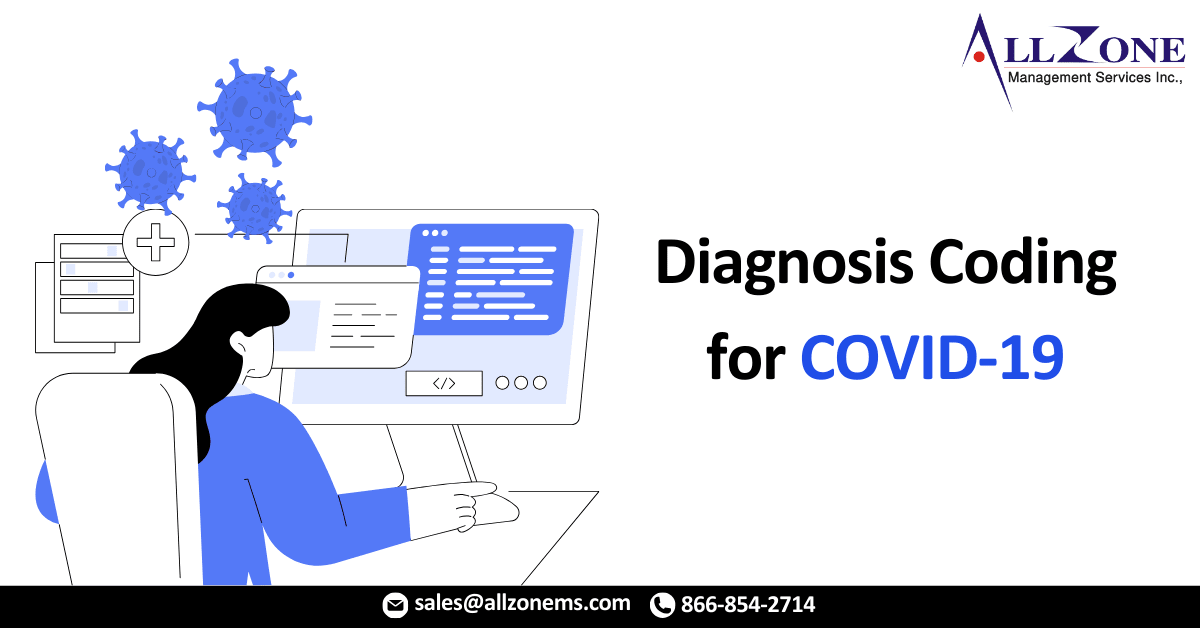Stakeholders need to work collaboratively to ensure that diagnostic information is complete and accurate.
The COVID-19 pandemic has created many overwhelming and heartbreaking medical challenges. In theory, the easiest task is accurate diagnosis coding for suspected exposure, confirmed and presumed cases, and possible disease. The new ICD-10-CM codes are few and clearly defined. However, many coders are finding that physician documentation, facility policies, and misinterpretations of guidelines are creating barriers, errors, and problems for accurate diagnosis reporting. Given the criticality of accurate demographics, pandemic cases, contact tracing, patient outcomes, virus trends, and financial support programs, this is of significant concern for the healthcare industry. The downstream problems of failing to achieve correct reporting also greatly impact correct insurance benefit adjudication, patient balances, and cost-of-disease estimates. Lastly, incorrect reporting has the potential to directly affect staged reopenings of businesses under the myriad state and local plans.
One of the biggest problems RCM companies and coders are reporting is how the treating physician information is conveyed to diagnostic specialties. Contingent on many variables, the ordering physician’s records may or may not be available to downstream providers for specialties like radiology. In the real world, coders typically rely on the report, and possibly, orders for radiology exams. The indications for the exam and findings should accurately tell the story of what is wrong with the patient and the related findings for that problem. Our company began receiving patient calls stating that they were evaluated for a COVID-related diagnosis that was not reported to their insurance plan. Subsequent review in many cases confirmed the patient’s statements. The emergency department record or physician office record was well-documented and included detailed information on suspected exposure, the possibility of COVID, and/or presumed or confirmed COVID. However, none of the physician orders for imaging included that information. Typical orders stated only a symptom that could be any number of diseases or conditions, for example, cough or chest pain as the only indication. Some exams were completely negative, and others had findings that could be seen in many conditions, such as pleural effusion.
On the opposite extreme are reports that some emergency departments are reporting a COVID-related diagnosis on 100 percent of patients. The treating physician’s record and patient’s subjective history had no documentation of any signs, symptoms, exposure, or risk for COVID, and no testing specific to the virus was performed. Upon investigation, the ordering group stated that every patient is a possible COVID patient, regardless of history, symptoms, or reason for encounter.
In general, coder concerns and data analytics confirmed the lack of COVID diagnosis support. In some of these identified cases, patients were angry their visit was deemed not COVID-related, for various personal and financial reasons.
Challenges also arise when patients are admitted to the hospital for outpatient procedures. Similar to routine screening for conditions such as Methicillin resistant Staphylococcus aureus (MRSA), verifying that the patient does not have a contagious disease that would put providers and other patients at risk is completely appropriate as a standard of care. However, orders and indications for downstream providers frequently state possible or suspected COVID and not “screening.” As a result, an incorrect diagnosis code could be assigned.
All of these issues mean that any metrics and data based on ICD-10-CM are potentially flawed and unreliable. Similar to industry reports about the accuracy of COVID testing, it is highly likely that there are significant false positives and false negatives. Providers, coders, and RCM companies need to work collaboratively to ensure that diagnostic information is complete and accurate. Ordering physicians need to be aware of possible downstream issues arising from incomplete or inaccurate information. Increased documentation and coding audits should be a priority during this unprecedented time.
Data accuracy is so important for all of us, now and in the future. Let’s make sure what it tells us is reliable.
For More Information: https://www.icd10monitor.com/diagnosis-coding-for-covid-19-better-to-be-lucky-than-good

